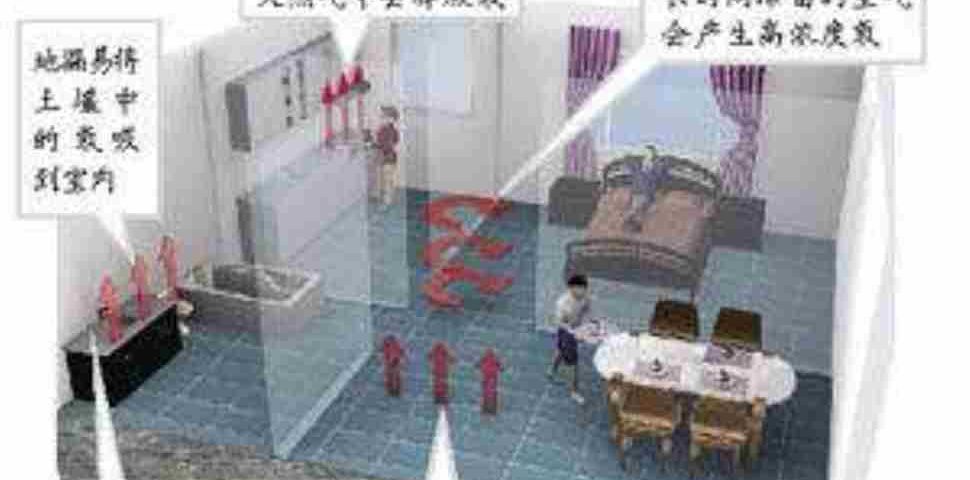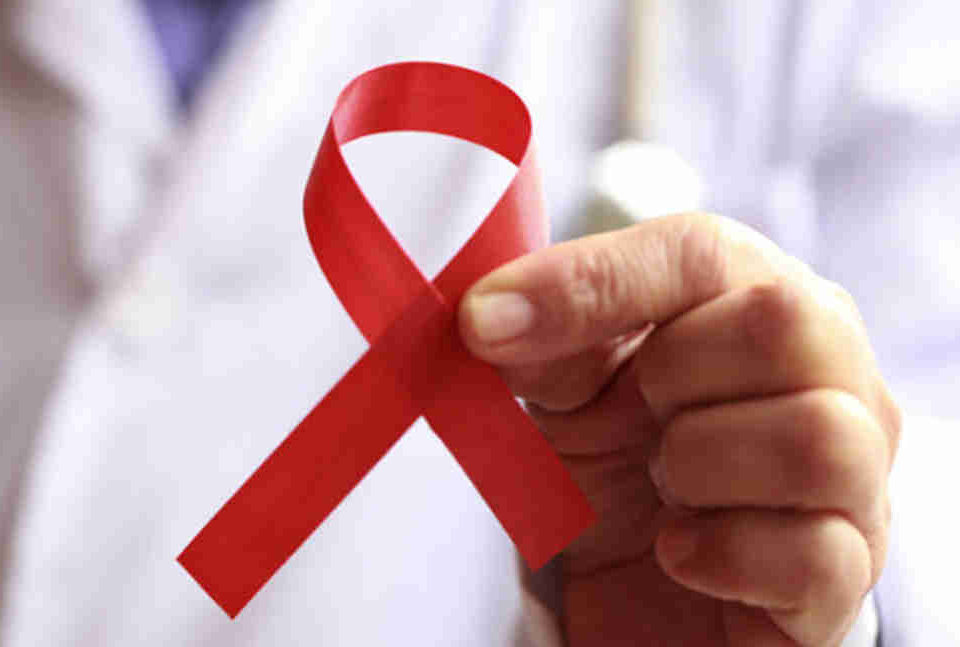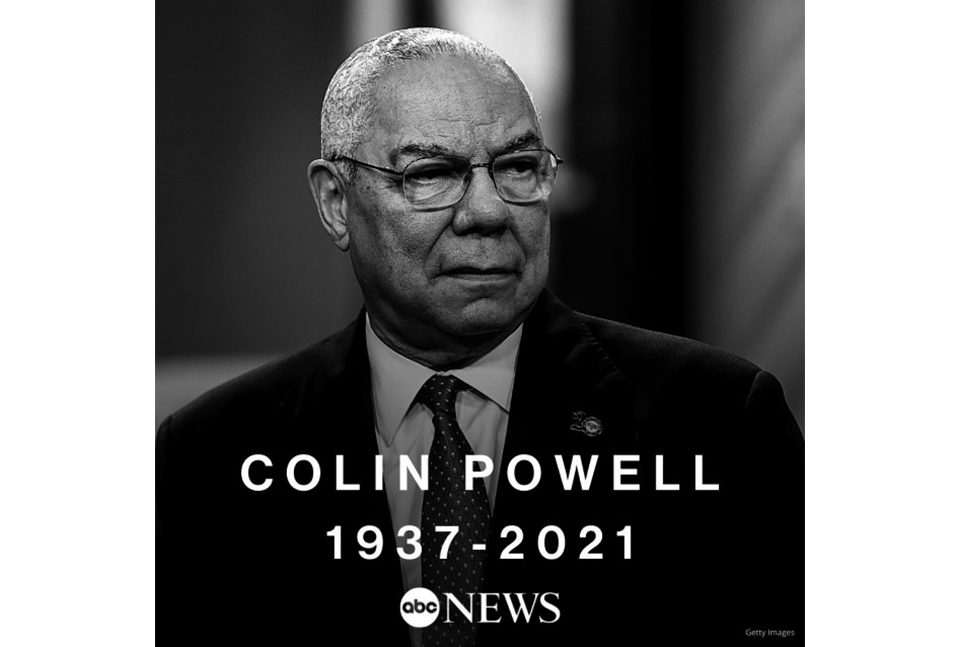- 如有疑问,请联系电邮
- customer@ihealth66.com
USNEWS:氡暴露会导致肺癌吗?

最新临床试验:奥西莫替尼治疗IIIb-IV期或复发性非小细胞肺癌伴EGFR外显子20插入突变
2019年4月15日
USNEWS:过滤过的香烟会降低患肺癌的风险吗?
2019年4月17日By Kathleen Hall
吸烟是导致肺癌的最大原因,但并不是唯一的原因。据美国环境保护署(Environmental Protection Agency)称,氡是导致肺癌的第二大危险因素,也是非吸烟者患肺癌的第一大原因。世界卫生组织说,氡导致全球和美国高达14%的肺癌死亡;美国每年约有2.1万人死于氡,其中,大约2900人从不吸烟。
氡是什么?
氡是一种放射性气体。你看不见或闻不到它,有可能你接触了氡而没有意识到。铀和钍分解时释放氡。这些自然产生的化学元素存在于岩石和土壤中。氡可以通过裂缝渗入你的房子并扩散到空气中。
氡会增加多少患肺癌的风险?
根据美国环保署的说法,氡气会衰变为放射性粒子。当你呼吸时,这些微粒会被困在你的肺里,并继续分解,释放出小的能量爆发,破坏肺组织,多年后导致肺癌。“高水平的氡会增加患肺癌的风险。纽约大学朗格尼医学中心(NYU Langone medical Center)珀尔马特癌症中心(Perlmutter Cancer Center)胸外科肿瘤学主任莉娜·甘地(Leena Gandhi)博士说。
在吸烟者中,氡诱发肺癌的风险要高得多。事实上,在目前或以前的吸烟者中大约86%是与氡有关的肺癌死亡发生。世卫组织估计,氡对吸烟者的危险性是不吸烟者的25倍。
在美国,许多人生活在氡含量丰富的地区,大约每15个家庭中就有1个家庭的氡含量超过美国环境保护局规定的每升空气中氡含量4皮奥里的水平。理想情况下,水平应该更低,因为没有氡的暴露才是安全水平。如果你的家绝缘良好或密封严密,你更有可能捕获氡。
根据美国环境保护局的数据,如果1000名吸烟者一生中接触到4pCi/L氡,大约62人可能会患上肺癌。相比之下,这种死亡风险是死于车祸的五倍。相比之下,只有大约7名不吸烟的人会在相同的环境中患上肺癌。
2005年1月,美国卫生部长发布了一份关于氡的国家健康建议,指出室内住宅结构中的氡气对健康构成严重威胁。
降低风险
幸运的是,它有可能降低你的风险。第一步是测试你的房子是否有氡。虽然该国一些地区的氡水平高于其他地区,但氡在全国范围内普遍存在。不管你是拥有一栋老房子还是一栋新房子,是一栋昂贵的房子还是一栋便宜的房子。氡没有区别。即使你邻居的房子检测出氡呈阴性,也不意味着你的房子会同样是阴性。美国环境保护局和卫生局局长建议所有的房主都要测试他们房子的每一层直到三层。
您可以在当地的五金店购买一套便宜的氡测试套件。或者,您可以通过在线零售商、堪萨斯州立大学的国家氡项目服务中心或美国肺协会订购检测。你也可以雇佣一个专业的测试人员。
如果你的房子检测出氡阳性,你会想要降低水平,以降低你的暴露。有几种方法可以做到这一点,但最常见的降低氡的系统是排气管系统和风扇,它可以从您的房子中去除氡。
美国国家癌症研究所(National Cancer Institute)估计,通过降低超过4pCi/L的家庭氡水平,我们每年可将肺癌死亡率降低2%至4%(约5,000人死亡)。克利夫兰诊所的医学肿瘤学家Vamsidhar Velcheti博士说:“氡检测的比率很低,尤其是在多代同堂的家庭中。”“房子里的氡水平不是静态的。这一切都与你家里的血液循环有关。”仅仅因为你的家人在你家住了很长时间并不意味着你的房子没有氡。赶快去测试它。
美国环境保护局在其网站上有大量关于氡的资料。从自己开始氡防范指南:保护你和你的家庭免受氡危害的指南。
如果你不想亲自测试你的家,那就为你的孩子做吧。“高危人群是最年轻的,”Velcheti说。“它们更容易受到(氡)的致癌作用。他们的身体里有更多的细胞分裂。”Velcheti说,癌症的形成需要几十年的时间。年幼时接触氡可能使人在多年后面临肺癌的危险。
Smoking is the biggest cause of lung cancer – but it’s not the only one. According to the Environmental Protection Agency, exposure to radon is the second leading risk factor for lung cancer and the No. 1 cause of lung cancer among non-smokers. The World Health Organization says radon causes up to 14 percent of lung cancer deaths worldwide, and in the U.S., about 21,000 lung cancer deaths per year are due to radon. Of those, about 2,900 occur in people who never smoked.
What Is Radon?
Radon is a radioactive gas. You can’t see it or smell it, and it’s possible you’re exposed to radon and don’t realize it. Radon is released when uranium and thorium break down. These naturally occurring chemical elements are found in rocks and the soil. Radon can seep up into your house through cracks and diffuse into the air.
How Much Does Radon Raise the Risk for Lung Cancer?
According to the EPA, radon gas decays into radioactive particles. These particles can get trapped in your lungs when you breathe and continue to break down, releasing small bursts of energy that can damage lung tissue and, over many years, lead to lung cancer. “High levels of radon contribute to the risk for lung cancer. We’re just not sure how much,” says Dr. Leena Gandhi, director of thoracic medical oncology at the Perlmutter Cancer Center at NYU Langone Medical Center.
The risk for radon-induced lung cancer is substantially higher in smokers. In fact, about 86 percent of radon-related lung cancer deaths occur in current or former smokers, and the WHO estimates smokers are 25 times more at risk from radon than non-smokers.
Many people in the U.S. live in areas where radon is abundant, and approximately 1 in 15 homes has levels of radon above the EPA’s action level of 4 picoCuries per liter, or pCi/L, of air. Ideally, levels should be even lower, as there’s no safe level of exposure to radon. You’re more likely to have trapped radon if your home is well-insulated or tightly sealed.
According to the EPA, if 1,000 people who smoked were exposed to 4 pCi/L of radon over a lifetime, about 62 might develop lung cancer. To put this in context, it’s five times the risk of dying in a car crash. In contrast, only about seven non-smokers would develop lung cancer at the same exposure.
In January 2005, the U.S. Surgeon General released a National Health Advisory on radon and said that radon gas in indoor residential structures poses a serious health risk.
Lowering the Risk
Fortunately, it’s possible to lower your risk of exposure. The first step is to test your house for radon. Although some areas of the country have higher levels of radon than others, radon is present nationwide. It doesn’t matter if you have an old house or a new one, an expensive home or an inexpensive home. Radon does not discriminate. Even if your neighbor’s house tests negative for radon, it doesn’t mean yours will. The EPA and the Surgeon General recommend that all homeowners test each floor of their home up to the third floor.
You can purchase an inexpensive radon test kit at your local hardware store. Or, you can order a test through an online retailer, the National Radon Program Services at Kansas State University or the American Lung Association. You can also hire a professional tester.
If your house tests positive for radon, you’ll want to reduce the level to lower your exposure. There are several ways to do this, but the most common radon mitigation system is a vent pipe system and fan, which removes the radon from your house.
The National Cancer Institute estimates that we could reduce lung cancer deaths by 2 to 4 percent annually (about 5,000 deaths) by lowering radon levels in homes exceeding 4 pCi/L. “Rates of radon testing are low, especially in multi-generational homes,” says Dr. Vamsidhar Velcheti, a medical oncologist at Cleveland Clinic. “Radon levels in a house are not static. It’s all about the circulation in your home.” Just because your family has been living in your home for a long time doesn’t mean your house doesn’t have radon. Test it.
The Environmental Protection Agency has a wealth of resources about radon on its website. Start with A Citizen’s Guide to Radon: The Guide to Protecting Yourself and Your Family from Radon.
If you won’t test your home for yourself, do it for your children. “The folks at higher risk are the youngest,” Velcheti says. “They are more prone to the carcinogenic effects [of radon]. They have more cells dividing in their body.” Cancer takes decades to develop, Velcheti says. Exposure to radon at a young age could put someone at risk for lung cancer many years later.





